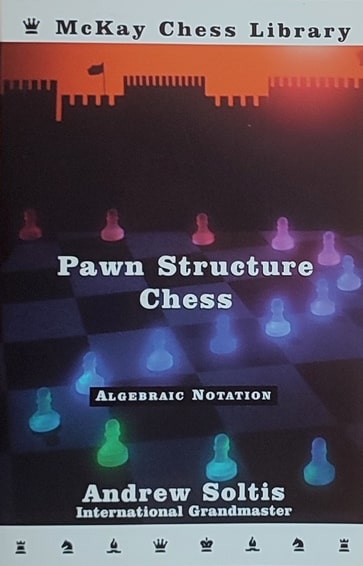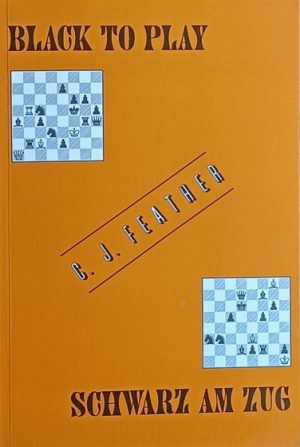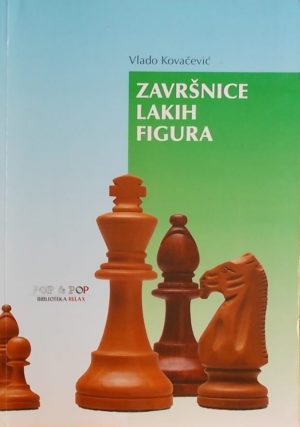Pawn Structure Chess
13.50 €
Autor: Andrew Soltis
Izdavač: David McKay Company, New York
Godina izdanja: 1995.
Broj stranica: 346
Dimenzije: 12,5×20 cm
Uvez: meki
Na zalihi
Kategorija: ŠAH
Some 250 years ago, the great Philidor wrote, “The pawns are the soul of chess.” What exactly does this mean?
Pawns have a limited range of movement and can move only forward. But it is their limited mobility that makes them so impor-tant strategically. The pawn structure-or pawn “skeleton”-estab-lishes the territories controlled by each player and fixes the strong and weak points that will be crucial in the middlegame and endgame. In this original and important book you will learn:
- How to handle all characteristic pawn structures
- How to recognize the strengths and weaknesses of pawn chains
- When to exchange pawns in the center-and when not to
- How to stifle your opponent’s pieces and keep your own posi-tion flexible
- How to create pawn “holes” and other weaknesses that you can exploit
Povezani proizvodi
8.00 €
12.00 €
8.00 €
ŠAH
8.00 €
11.00 €
10.00 €
10.00 €
15.00 €












